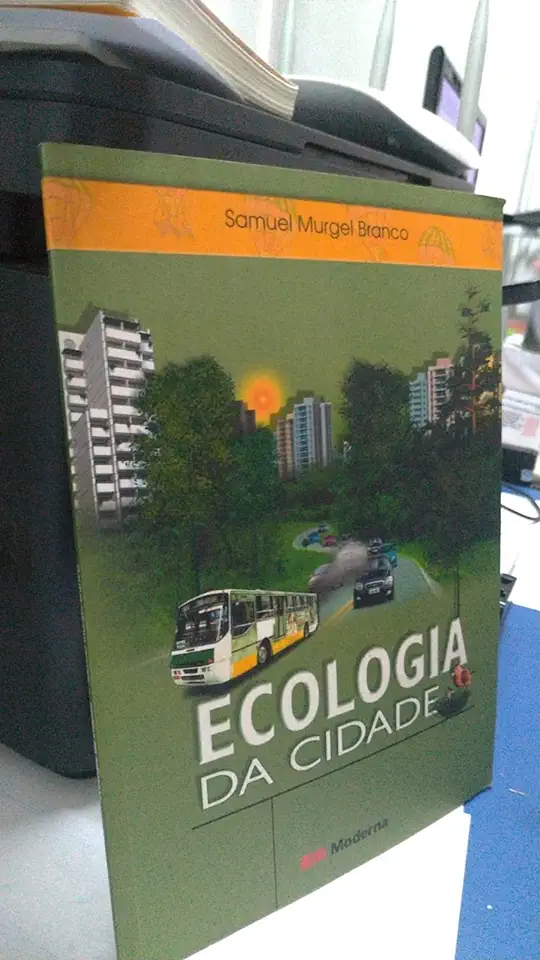
City Ecology - Samuel Murgel Branco
City Ecology: A Vision for a Sustainable Future
In his groundbreaking book, City Ecology, Samuel Murgel Branco presents a compelling vision for a sustainable future. Drawing on decades of research and experience, Branco argues that cities are not only the source of many environmental problems, but also the key to solving them.
A New Way of Thinking About Cities
Branco begins by challenging the traditional view of cities as concrete jungles that are inherently harmful to the environment. He argues that cities can actually be designed to be sustainable, and that they offer a number of unique advantages over rural areas.
For example, cities are more efficient in terms of land use, energy consumption, and transportation. They also produce less waste and pollution per capita than rural areas. In addition, cities are home to a diverse population of people who can bring their unique skills and perspectives to bear on the challenges of sustainability.
The Principles of City Ecology
Branco identifies four key principles of city ecology:
- Compactness: Cities should be designed to be compact, with short distances between homes, businesses, and other amenities. This reduces the need for transportation and helps to create a more walkable and bikeable environment.
- Mixed-use development: Cities should be designed to include a mix of uses, such as residential, commercial, and retail. This creates a more vibrant and diverse urban environment and helps to reduce the need for people to travel long distances for work or shopping.
- Green infrastructure: Cities should incorporate green infrastructure, such as parks, green roofs, and permeable pavements. This helps to improve air and water quality, reduce the urban heat island effect, and provide habitat for wildlife.
- Community engagement: Cities should be designed with the input of the people who live in them. This ensures that the needs of the community are met and that the city is sustainable in the long term.
Case Studies of Sustainable Cities
Branco provides several case studies of cities that have successfully implemented the principles of city ecology. These cities include:
- Copenhagen, Denmark: Copenhagen is a world leader in sustainable urban design. The city has a compact, mixed-use city center, an extensive network of bike lanes, and a strong commitment to green infrastructure.
- Stockholm, Sweden: Stockholm is another city that has made great progress in sustainability. The city has a clean and efficient public transportation system, a district heating system that uses waste heat from power plants, and a goal of becoming carbon neutral by 2040.
- Portland, Oregon: Portland is a city in the United States that has been a leader in sustainable urban planning for decades. The city has a strong commitment to land use planning, mixed-use development, and green infrastructure.
These cities are just a few examples of how the principles of city ecology can be used to create sustainable and livable cities. By following their lead, we can create a more sustainable future for all.
Conclusion
City Ecology is a must-read for anyone who is interested in sustainability. Branco provides a clear and concise overview of the challenges facing cities today, and he offers a practical roadmap for creating more sustainable urban environments. This book is essential reading for anyone who wants to make a difference in the world.
Enjoyed the summary? Discover all the details and take your reading to the next level — [click here to view the book on Amazon!]